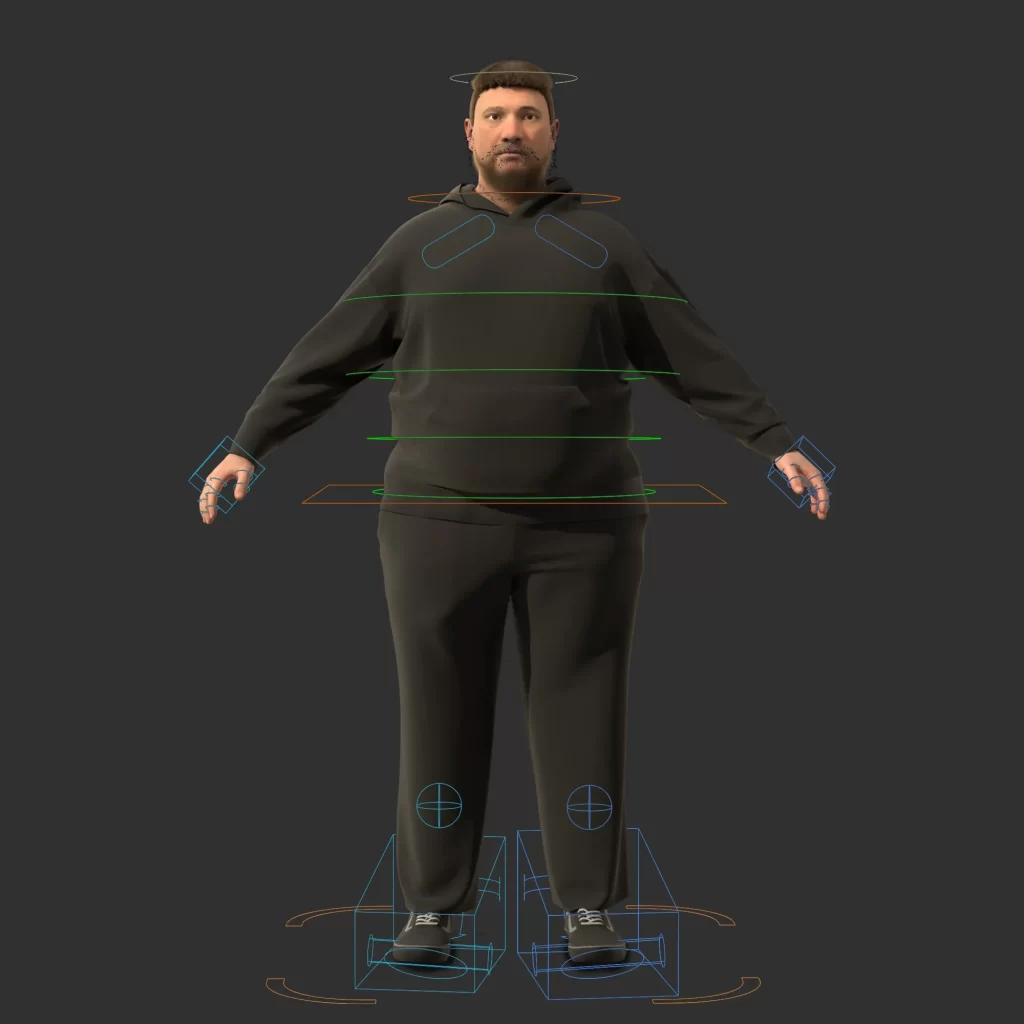In a world driven by technology, the ability to monitor and respond to system performance in real-time is vital. This need has led to an increasing reliance on Artificial Intelligence (AI) in automated system monitoring, revolutionizing how we understand and manage the complexities of modern IT infrastructures.
Understanding AI in Automated System Monitoring
At its core, AI in automated system monitoring refers to the use of machine learning algorithms and data analytics to oversee IT systems automatically. This approach enables organizations to detect anomalies, predict potential outages, and optimize resource allocation without the prolonged manual oversight that was common in the past.

How Does It Work?
The implementation of AI for system monitoring typically involves:
- Data Collection: Systems generate massive amounts of data. AI tools can aggregate this data from different sources, such as servers, networks, and applications.
- Pattern Recognition: Machine learning algorithms analyze this data to identify normal operating patterns, helping to detect anomalies.
- Anomaly Detection: By recognizing deviations from established patterns, AI can pinpoint potential issues before they escalate.
- Predictive Analytics: AI employs historical data coupled with real-time insights to forecast future system behavior and potential failures.
Recent Trends and Updates
The landscape of AI in automated system monitoring is constantly evolving. Recent advancements include:
- OpenAI and Its New Tools: OpenAI has been progressing rapidly with innovations in AI, including improved monitoring systems that leverage contextual understanding, making them more efficient in spotting anomalies.
- Qwen for Machine Translation: Qwen has introduced functionalities that enhance communication across systems, reducing the risks of errors arising from misinterpretations.
- EleutherAI Contributions: EleutherAI continues to play a significant role in developing accessible AI frameworks, fostering collaboration in deploying open-source models for system monitoring.
Real-World Applications
Industries are increasingly integrating AI into their automated monitoring systems. Here are three prominent sectors utilizing these technologies:
- Healthcare: In healthcare IT systems, AI can monitor patient data in real-time, alerting medical staff to critical changes, ensuring timely interventions.
- Finance: Financial institutions use AI monitoring systems to detect fraudulent activities more swiftly and accurately than traditional methods.
- Manufacturing: In smart factories, AI-powered monitoring tools oversee machinery performance, predicting maintenance needs, thus minimizing downtime.
Technical Insights for Developers
For developers looking to implement AI in their system monitoring solutions, several frameworks and libraries can ease the process:
- TensorFlow: Known for its flexibility, TensorFlow offers various tools for building machine learning models that can analyze and predict system behaviors.
- Scikit-Learn: Ideal for beginners, Scikit-Learn enables developers to easily apply machine learning techniques for anomaly detection.
- Prometheus: This open-source monitoring system directly integrates with AI frameworks, allowing the collection of metrics asynchronously.
Sample Code Snippet
Here’s a simple Python code snippet using Scikit-Learn for anomaly detection in system logs:
import pandas as pd
from sklearn.ensemble import IsolationForest
# Load your log data
data = pd.read_csv('system_logs.csv')
# Feature set
X = data[['CPU_usage', 'Memory_usage', 'Disk_IO']]
# Model training
model = IsolationForest(contamination=0.01)
model.fit(X)
# Make predictions
predictions = model.predict(X)
data['anomaly'] = predictions
Impact on the Industry
The deployment of AI in automated system monitoring is transforming industries. Companies find that not only do they reduce operational costs, but they also improve service reliability and customer satisfaction. A study published in a 2023 tech journal indicates organizations adopting AI monitoring have cut downtime by up to 30%.
Case Study: An AI-Powered Healthcare System
Consider a leading hospital that integrated AI into its monitoring systems. By using AI-powered tools to monitor patient vitals and hospital resource usage, the institution improved patient care by reducing response times to critical alerts. The introduction of predictive analytics allowed them to anticipate emergency room needs, efficiently triaging patients based on urgency.
Challenges and Considerations
While AI in automated system monitoring has significant advantages, organizations must address several challenges:
- Data Privacy: With the growing reliance on data, companies must ensure compliance with regulations, such as GDPR, to protect sensitive information.
- Integration with Legacy Systems: Many organizations struggle to integrate AI tools with existing infrastructures, leading to potential gaps in monitoring capabilities.
- Skill Gap: There’s often a lack of skilled professionals who can effectively deploy and maintain AI monitoring systems.
Best Practices for Implementation
To successfully integrate AI in automated system monitoring, here are some best practices:
- Start Small: Test AI tools on a smaller scale before full deployment to manage risk effectively.
- Prioritize Training: Invest in training employees to ensure they can fully capitalize on AI technologies.
- Ensure Compliance: Regularly review compliance with data privacy regulations as monitoring capabilities scale.
Final Thoughts
The fusion of AI into automated system monitoring represents a pivotal shift in how organizations manage technology services. By understanding the tools at their disposal and the evolving landscape, businesses can harness the full potential of AI to streamline operations, enhance reliability, and drive innovation. As society increasingly depends on technology, organizations adopting these innovations will likely lead the charge in efficiency and effectiveness.
